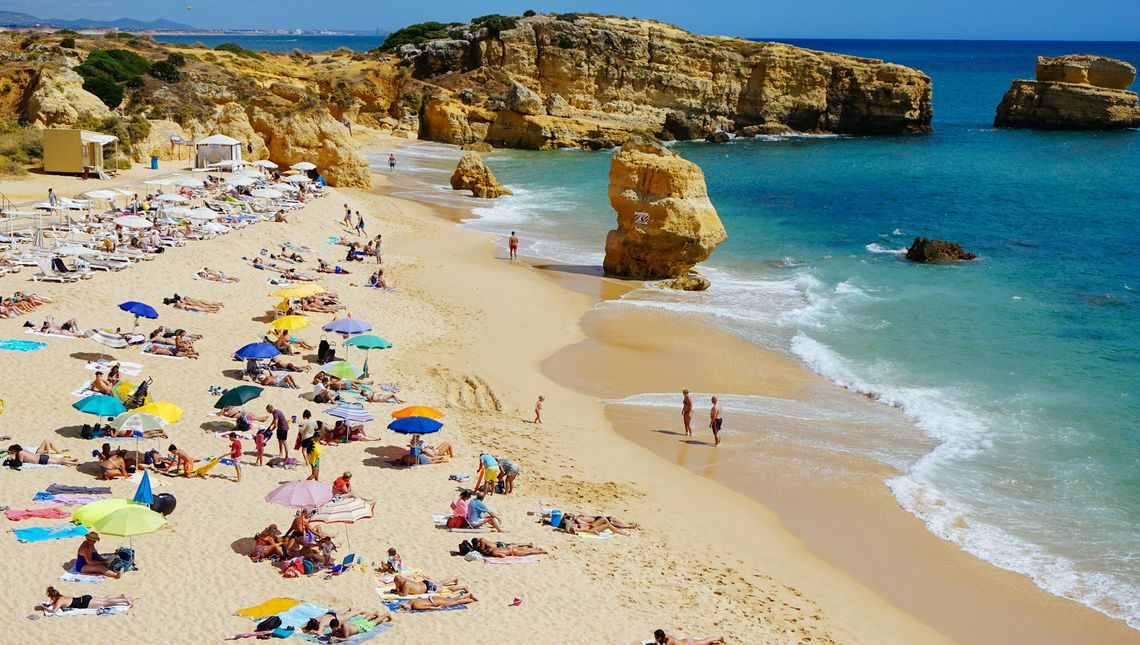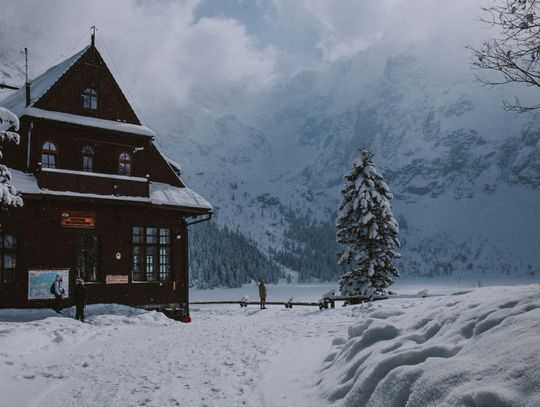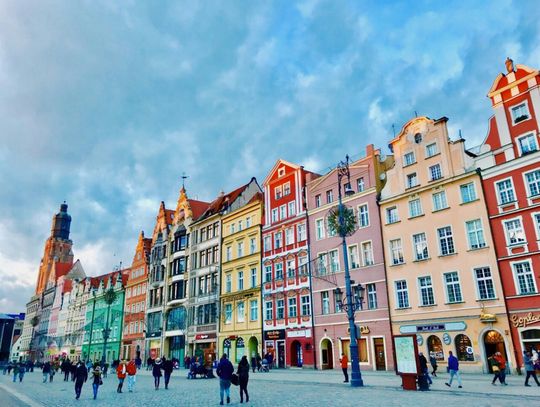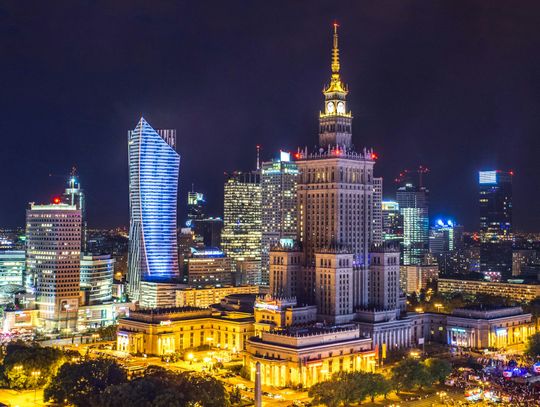On July 15, emergency services received a report of a 12-year-old girl missing in the water. The mother was unable to specify the exact location where she last saw her daughter.
According to Gniewino WOPR (Water Volunteer Emergency Service) - a search and rescue operation was immediately launched. Swimming areas along the entire "A" beach were closed. Lifeguards, utilizing the vast number of beachgoers, organized and led a lifesaving chain, tasked with combing through a 400-meter section of the water.
Dozens of vacationers in Łeba quickly came to help, for which we sincerely thank you! Huge applause to you all. (...) One hour after the start of the operation, the missing girl was found safe and sound in a hotel room
- added WOPR.
What is the "lifesaving chain" and how do you create it?
The "lifesaving chain," also known as a "human chain," refers to the actions of a group of adults who unite to try to find a drowning person. Lifeguards from Sopot explain that it is formed when searching for someone in the water. Instead of sending several or more lifeguards into the water, people on the beach can be asked for assistance. Typically, these are adult men who, by holding onto each other's arms or hands, enter the water and move back and forth between search areas. There is a greater likelihood of finding a submerged person with 50 people than with three or six, even though the latter are lifeguards.
The corridor of life not only on the road
During sea rescue operations, authorities urge beachgoers not to occupy or block space needed by those saving lives and health:
Let's leave a clear 5-meter wide path running through the center of the beach, knowing that thanks to our responsible behavior, rescuers will reach the person fighting for their life in time.
- warns the police.



































Comment
Comments